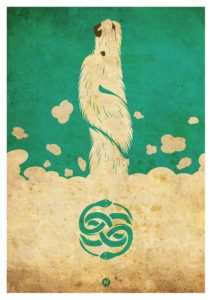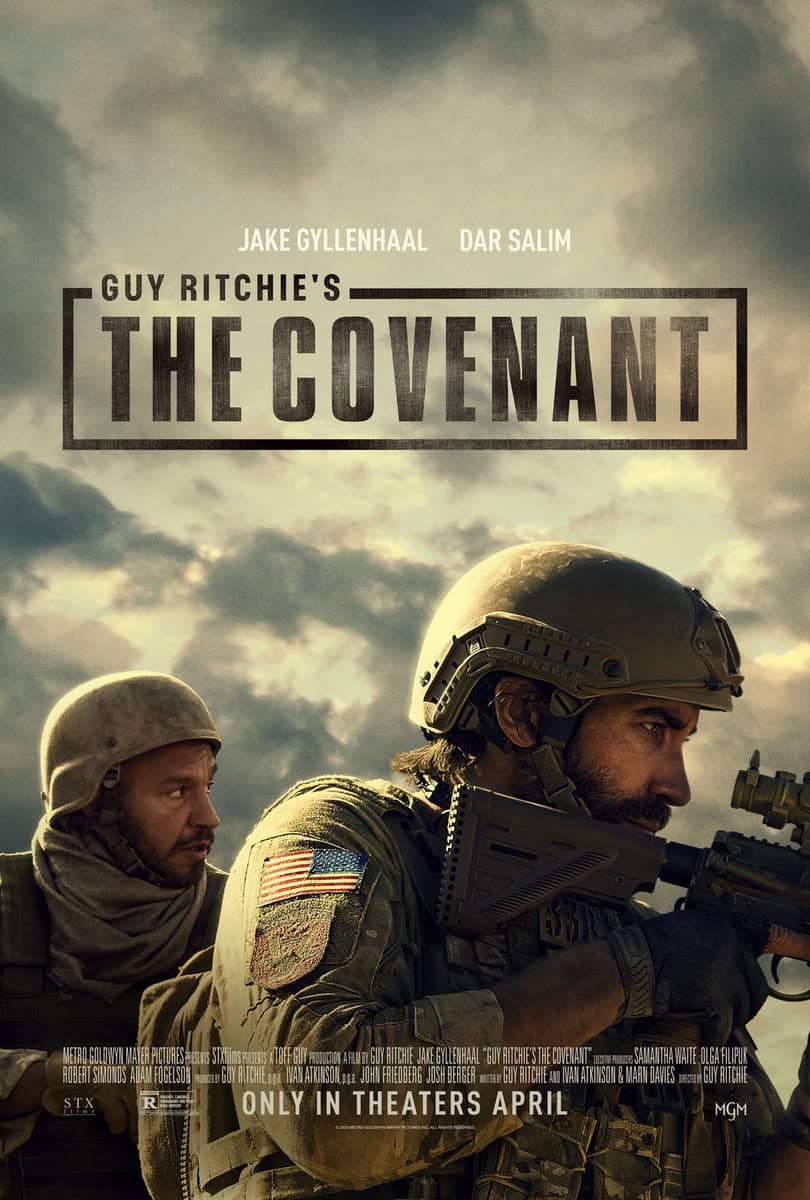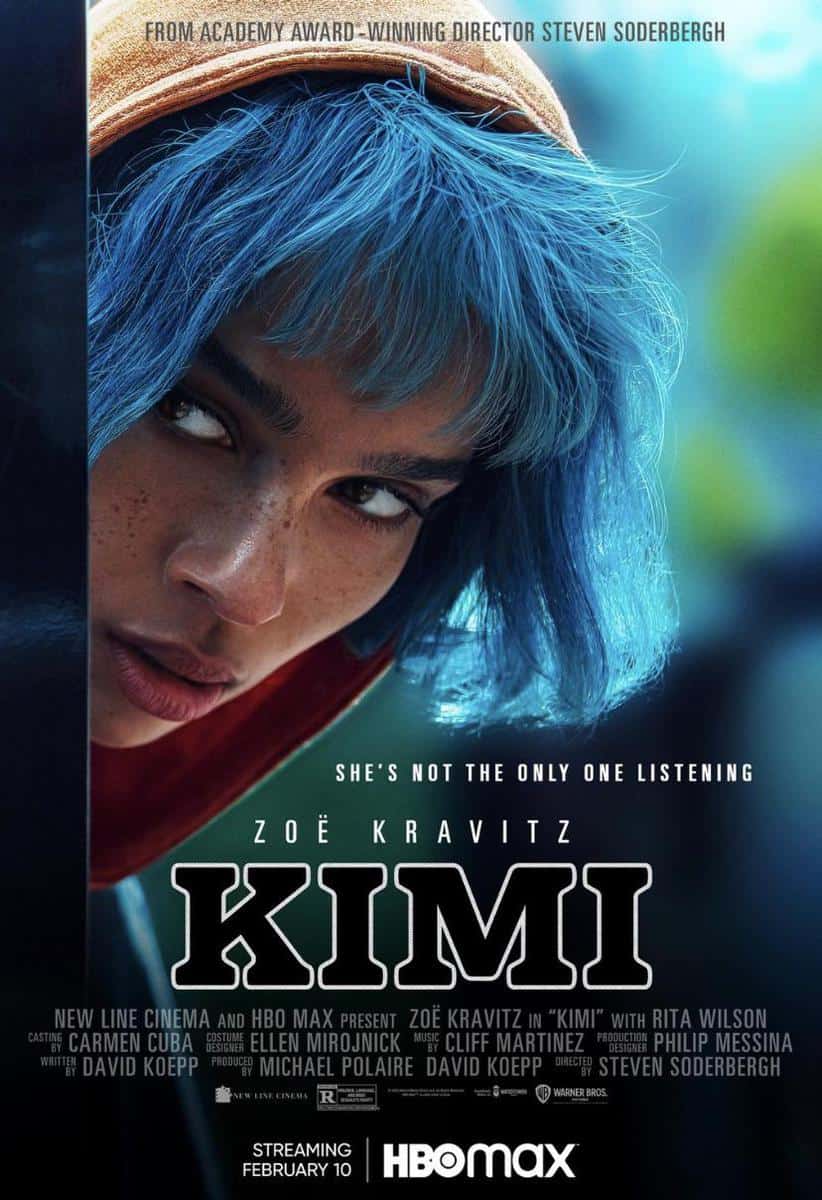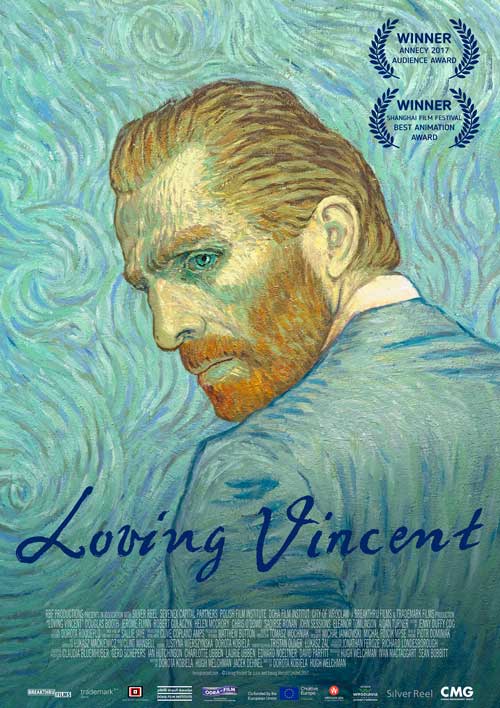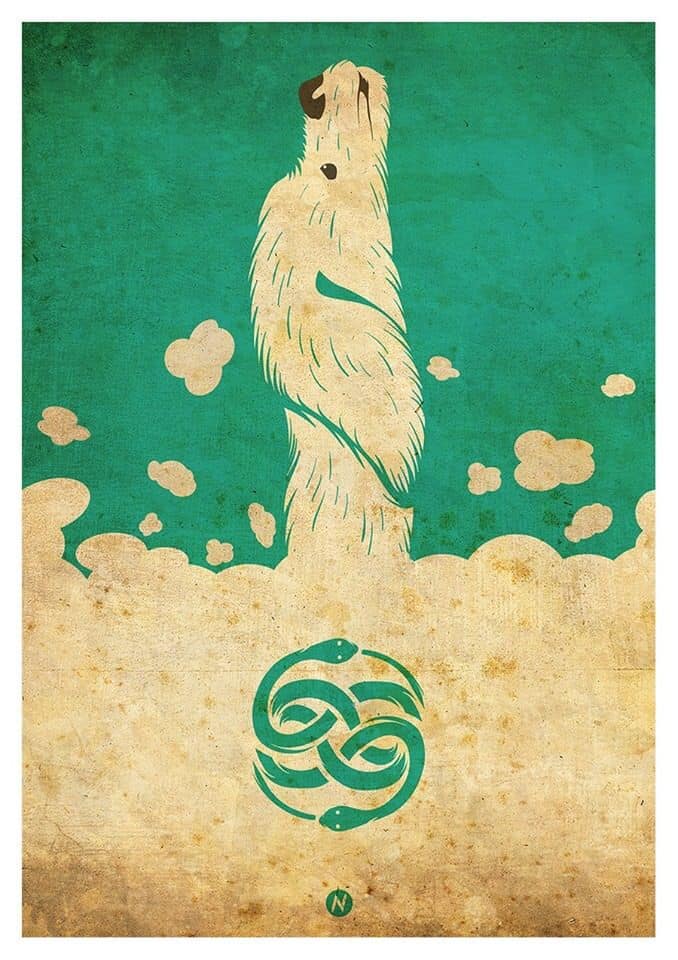
I hadn’t watched The NeverEnding Story in well over a decade and expected the music to have aged terribly: 80s’ synth in fantasy films rarely holds up (not to mention a title song sung by Kajagoogoo’s lead vocalist). But, while the music is firmly a product of its time, it still sounds great.
Giorgio Moroder (who also wrote the title song) and Klaus Doldinger each worked on the score. Though, by all accounts, this wasn’t a co-composition. Doldinger composed the original score for the initial German release while Moroder composed several new cues for the American release in a studio attempt to appeal directly to American children (replacing several of Doldinger’s cues in the process). The difference in style is immediately noticeable.
Doldinger v. Moroder
Doldinger’s segments have a synthy, electronic sheen but are fundamentally orchestral. They’re also loaded with memorable, distinct cues. Perhaps the best among these is the “flying theme,” a soaring fast-paced and upbeat track that plays whenever Bastian or Atreyu fly on the back of the luck dragon Falcor. It encapsulates the immeasurable wonderment and disbelief they feel during such an unreal experience (even in a world of fantasy). Another strong motif is “Atreyu’s Quest,” representing both Atreyu and the magical, imperial amulet “Auryn,” a more grounded track that emphasizes the importance of his quest: the survival of Fantasia and the imagination of all human children. It’s somewhat surprising that Doldinger has managed to not only fit so many themes into his relatively short score but that these themes evoke such strong emotions: wonder during flight; fear of Gmork; awe of the Southern Oracle; immense sorrow for Atreyu.
Moroder leans much more heavily into pure synth, with electronic guitar mixed in. As a result, his tracks don’t age as well. Though this is not to say that his portion of the score is bad. Quite the opposite really, as he’s responsible for two of the strongest motifs in the film: the “sorrow” theme and the “Ivory Tower” theme. The former is a trudging synth-horn that arises during some of the film’s darkest scenes, whose slow pace feels on the precipice of stopping and giving up at any moment. The latter is an explosive and regal melody that embodies the awe characters feel when first seeing the Ivory Tower and its aura of salvation. While Moroder’s main melodies are strong, the real issue is he continuously adds layers as a track progresses, muddying the sound and burying these melodies. Moroder is at his best when he’s at his simplest. Luckily these extra layers largely don’t end up in the film.
The NeverEnding Story is ripe for a re-release. The German version, despite being the original, is virtually unknown to American audiences and obviously features none of Moroder’s tracks – including his chart-topping title song. Meanwhile the American version includes many of Doldinger’s pieces, but they’re heavily abridged. It also orders the tracks by composer, rather than chronologically or to create a musical narrative, making for a disjointed experience.
Ultimately, enjoyment of the score may depend in part on nostalgia. Someone coming to the score fresh, without the imprint of the film to bias them, could certainly find the score too dated. But for others, the themes are so distinct that they’ll still conjure the emotions and memories felt when first watching the film.
A video review of the score is available here.
